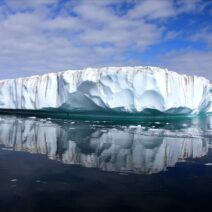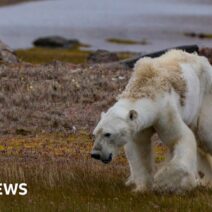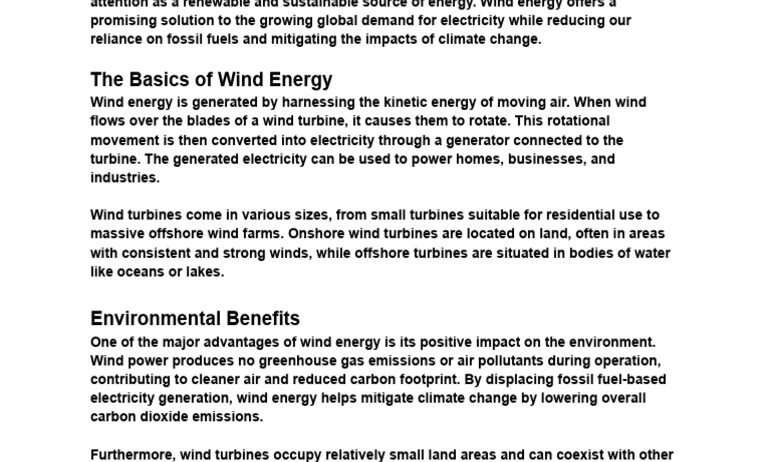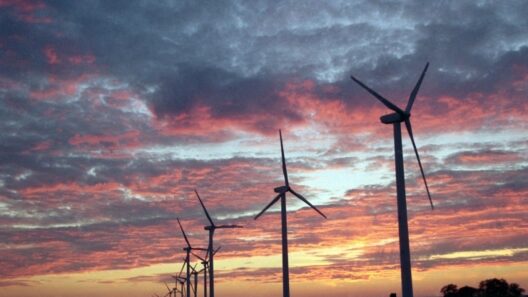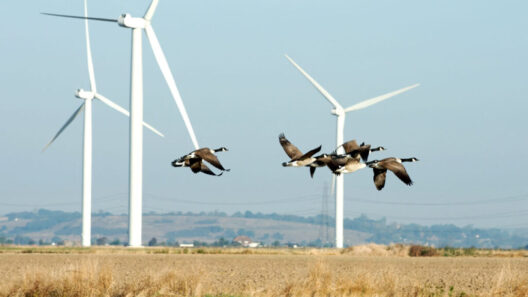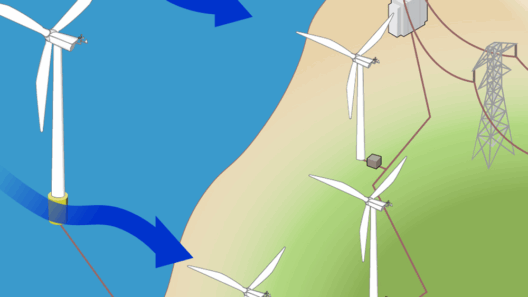Wind energy is rapidly emerging as a cornerstone of sustainable power generation. This resource harnesses the kinetic energy produced by moving air, transforming it into a potent source of electricity. In this guide, we will explore the expansive world of wind energy—from its foundational concepts to the technical intricacies of power generation.
Understanding the Mechanics of Wind
At its core, wind energy enables us to convert the natural movement of air into electrical energy. Wind, created by the uneven heating of the earth’s surface, flows in currents that possess substantial kinetic energy. This kinetic energy can only be captured effectively through sophisticated technology, namely wind turbines.
Wind turbines capitalize on aerodynamic principles to extract energy from the wind. As air moves past the turbine blades, the lift generated propels the blades, causing them to rotate around a horizontal or vertical axis. The rotational motion drives a generator that converts mechanical energy into electrical energy, ready for distribution.
Wind speed plays a pivotal role in the efficiency of energy production. Typically, a speed of around 10 to 15 miles per hour is required to produce optimal energy outputs. Below this threshold, the generation of electricity may be insufficient, reinforcing the importance of selecting appropriate turbine locations with robust wind patterns.
Types of Wind Turbines: Navigating the Options
The market offers two primary categories of wind turbines: horizontal-axis and vertical-axis turbines, each with distinct applications and advantages.
Horizontal-axis wind turbines (HAWTs) are the most common type found in onshore and offshore wind farms. They feature two or three blades mounted on a tall tower, typically oriented to face into the wind. HAWTs are known for their efficiency and ability to generate significant power. The height of the tower allows access to higher wind speeds, enhancing energy capture capability.
Conversely, vertical-axis wind turbines (VAWTs) present a unique design. Their blades are oriented vertically, allowing for wind capture from any direction. This attribute can be advantageous in turbulent wind environments. VAWTs are generally smaller, making them suitable for residential applications or areas with space limitations. While their energy output is often lower than that of HAWTs, they offer ease of maintenance and installation.
Pioneering Site Selection: Choosing the Ideal Location for Wind Farms
The strategic selection of wind farm sites is crucial for maximizing energy production. Several factors influence this decision, including geographic features, wind patterns, and environmental considerations.
Geographical attributes such as elevation and proximity to bodies of water can also enhance wind availability. For instance, coastal areas often experience stronger wind currents due to the temperature differential between land and sea. Furthermore, elevated regions such as ridgelines tend to funnel wind, elevating the potential energy harnessed by turbines.
Regulatory and environmental considerations play a significant role in site selection. Wind farms must comply with local zoning laws and environmental impact assessments. Protecting avian populations and maintaining the natural habitat must be balanced with the need for renewable energy sources.
The ideal wind farm location can potentially yield increased energy outputs while minimizing ecological disruption.
Technological Innovations in Wind Energy
Technological advancements in wind energy have spurred significant growth in efficiency and turbine design. Features such as larger turbine blades and advanced materials increase energy capture capabilities.
Smart-grid integration is another area transforming wind energy utilization. With intuitive algorithms, energy production can be optimized based on real-time wind conditions and electricity demand. This technology promises to enhance grid stability and energy distribution.
Additionally, innovations such as offshore wind farms are redefining the landscape of wind energy. These installations, often located in deeper waters where wind speeds are more consistent, have exponentially higher potential for energy generation than land-based counterparts. Innovations in floating turbine technology further expand viable offshore locations that were previously inaccessible.
The Road Ahead: Challenges and Opportunities
Despite the promise of wind energy, several challenges remain. The intermittency of wind poses a significant barrier; energy production can be inconsistent due to variable wind conditions. Ensuring grid reliability amidst these fluctuations requires advancements in energy storage and distribution technologies.
Furthermore, the initial capital costs associated with wind farm construction, including the procurement of land, permits, and turbine installation, can be substantial. Although these costs have decreased over time, securing financing remains critical for emerging wind projects.
Nonetheless, the long-term benefits of wind energy—reduced greenhouse gas emissions, decreased reliance on fossil fuels, and job creation in the renewable energy sector—outweigh these challenges. Moreover, as global awareness of climate change increases, public and private sector investments in renewable energy projects are anticipated to expand rapidly.
In conclusion, wind energy represents a viable and sustainable solution to the world’s increasing energy demands. By understanding the mechanics of wind energy, selecting suitable turbine technologies, and navigating challenges, we can harness the power of wind to create a cleaner, more sustainable future. As we push the boundaries of innovation, wind energy will undeniably play an essential role in shaping the energy landscape of tomorrow.
